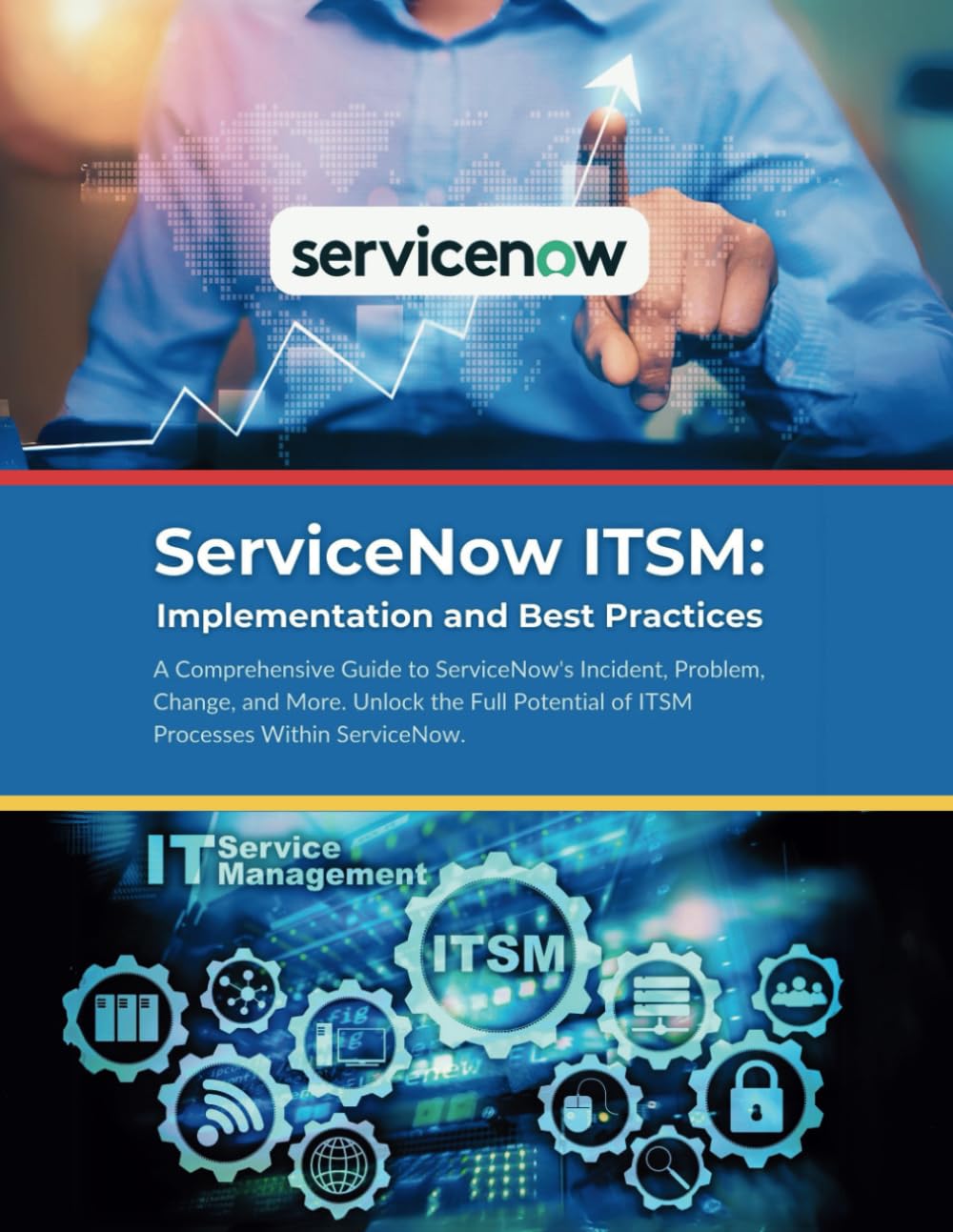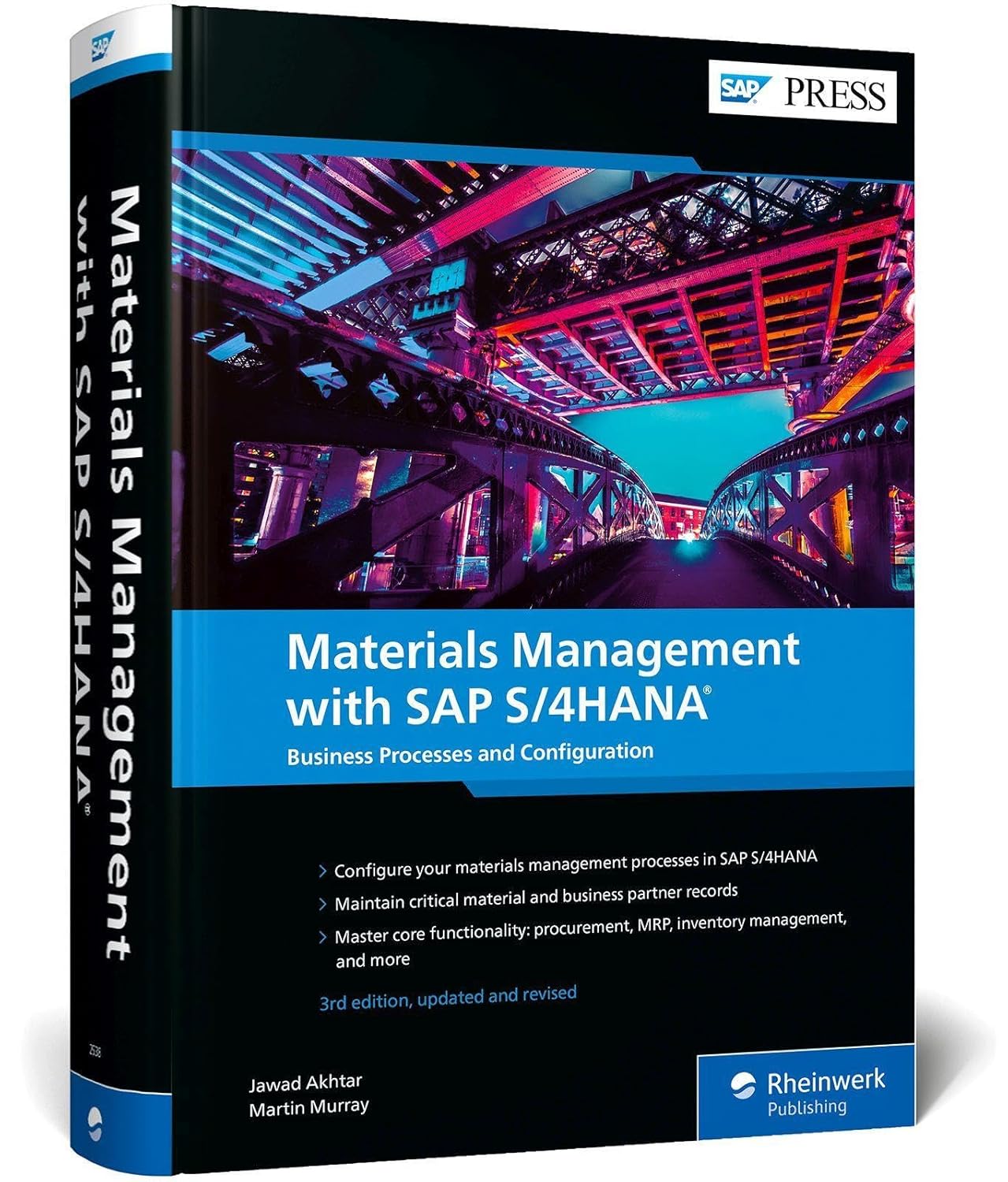Data centers play a critical role in the success of businesses today, as they house and manage the vast amounts of data that organizations rely on for their operations. With the ever-increasing complexity and volume of data being generated, it is essential for data center change management processes to be streamlined and efficient in order to ensure optimum performance and reliability.
Change management processes in data centers refer to the procedures and protocols put in place to manage any changes or updates to the infrastructure, applications, or services within the data center environment. These changes can range from software updates and hardware upgrades to network configuration changes and migration of data.
Streamlining data center change management processes is essential for several reasons. First and foremost, it helps to minimize the risk of downtime and disruptions to services. By having a well-defined and efficient change management process in place, data center administrators can ensure that any changes are thoroughly planned, tested, and implemented with minimal impact on the overall operations of the data center.
Efficient change management processes also help to improve the agility and responsiveness of the data center environment. In today’s fast-paced business world, organizations need to be able to quickly adapt to changing market conditions and technological advancements. By streamlining change management processes, data center administrators can respond swiftly to new requirements and implement changes in a timely manner, helping to keep the business competitive and ahead of the curve.
There are several key steps that organizations can take to streamline their data center change management processes for efficiency. One important aspect is to establish clear roles and responsibilities within the change management team. By clearly defining who is responsible for each stage of the change management process, organizations can ensure that changes are managed effectively and efficiently.
Another important step is to automate as many aspects of the change management process as possible. By leveraging automation tools and technologies, organizations can reduce the manual effort required to manage changes, minimize the risk of human error, and speed up the overall change management process.
Additionally, organizations should implement robust testing and validation procedures to ensure that any changes made to the data center environment are thoroughly tested and validated before being implemented in a production environment. This helps to minimize the risk of introducing bugs or issues that could impact the performance or reliability of the data center.
In conclusion, streamlining data center change management processes is essential for ensuring the efficiency, reliability, and agility of data center operations. By establishing clear roles and responsibilities, automating processes, and implementing robust testing procedures, organizations can minimize the risk of downtime and disruptions, improve agility, and enhance the overall performance of their data center environment.



















